Some people think that linen clothes look rather rough. Others, on the contrary, appreciate its good qualities. But after thousands of years, it remains in demand.
History and features of production
Probably everyone has seen pictures of blooming flax. Beautiful blue flowers look amazing, especially in the morning. Flax fabric is made from the skin of the stem of this plant.
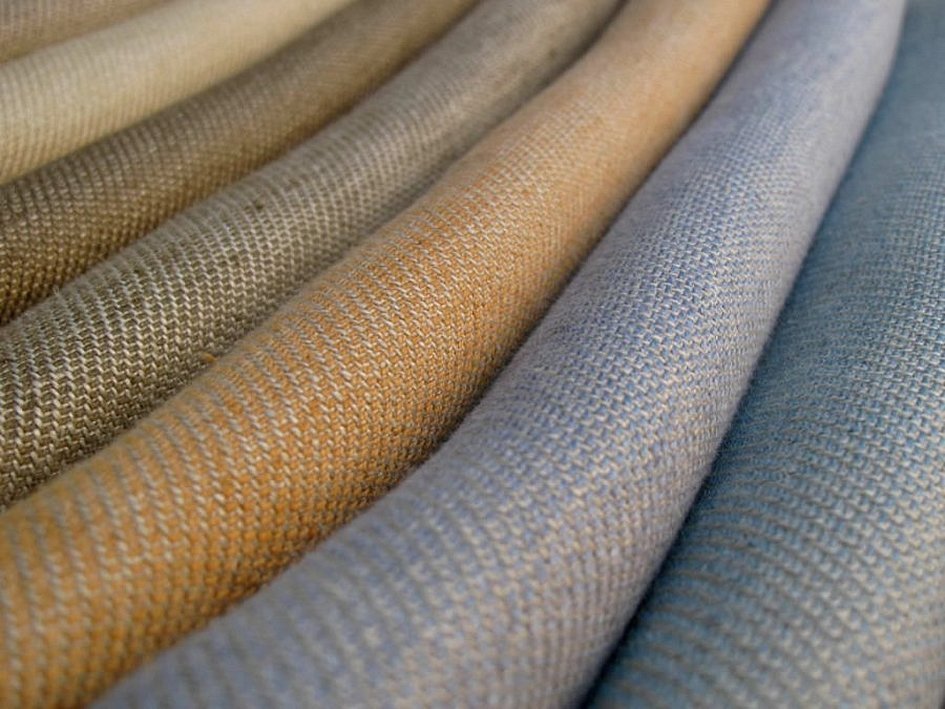
Presumably, linen fabric saw the light of day about 5,000 years ago. Ancient Egypt is considered to be its birthplace. In Egypt, as in the Ancient East, this fabric was highly valued, being considered a sign of wealth. Pharaohs and priests wore linen products. It was at this time that the first mentions of these plants appeared in the descriptions of those times. However, there is a theory that the fabric came from Persia.
It was Egypt that became famous for flax cultivation. Initially, the Egyptians began to make flax threads. They were used to create nets and weave ropes. Nets and ropes began to be used for fishing and hunting. When it became clear that the linen was strong and dense, it began to be used for making clothes, for burials of the nobility, and even as a means of payment.

For a long time, natural flax remained available only to the elite. Soon, the fabric conquered Rus'.
Interesting fact. The manufacturers had this feature: the longer the thread obtained from a kilogram of yarn, the better the quality of the fabric. The Egyptians achieved such perfection that they managed to weave 240 kilometers of thread from a kilogram of yarn. Unfortunately, it is not known for certain how and from what flax with such characteristics is made (what was added).
Flax: How Fabric Is Made
From such a plant as flax, the fabric was obtained thin. The manufacturing scheme did not change for a long time. Only such varieties as Dolgunets or Kudryash can be used for production.
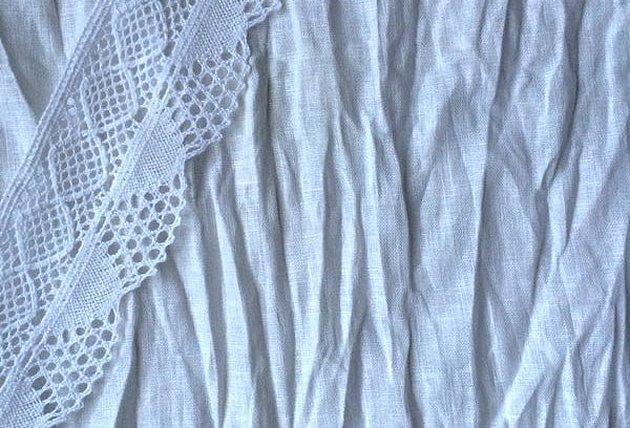
The plant together with the root system was pulled out and dried. For this purpose, small piles in the form of stacks were used. Afterwards, the seed part of the flax was combed and ground. Then the stems were evenly laid out again on the dew. This was necessary so that as a result of microbiological processes the tape would separate faster.
The roving tape served as a base for the flax thread, and the fabric was woven from the thread. The flax plant gives the material a beige, brownish or light gray shade. But if the material made from flax is laid out and held in the sun, it will turn white. This feature is also successfully used in the manufacture of fabrics.
What is artificial flax
A little later, in order to reduce costs, they began to produce artificial flax. Artificial flax is not completely natural. It is distinguished by lower strength, such a thread burns differently, and also by color. You can also crumple a piece of fabric into a fist, it will not crumple. The artificial version does not have a smooth surface. It does not have a matte shine.
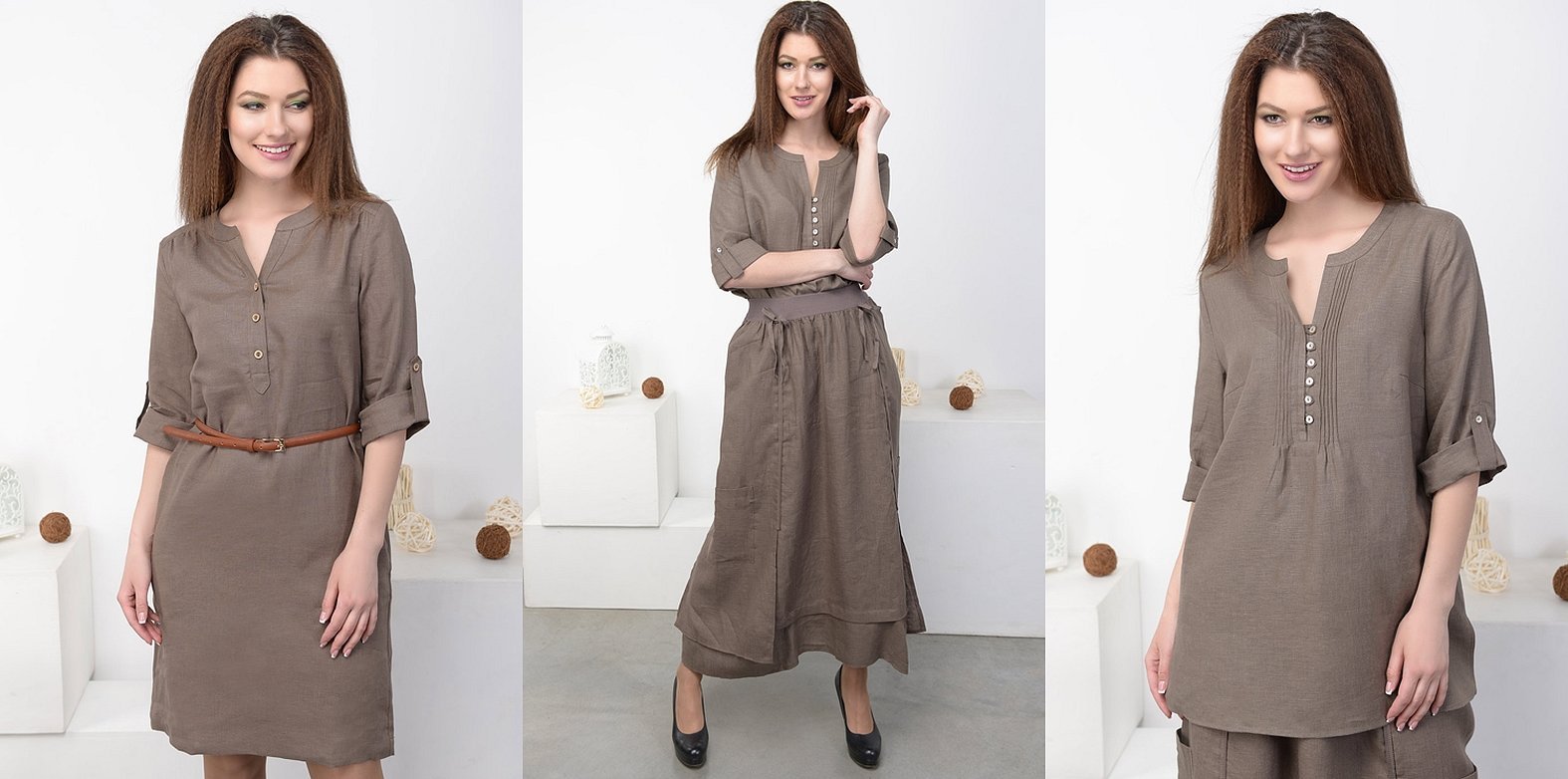
Manufacturing technology
After the plant is processed, the stacks are pressed and sent to production. Single-phase and two-phase harvesting are used for harvesting. Similar methods are used to harvest grain and cereal crops. The yarn is used to obtain a long roving tape, which is then used to obtain linen fabric. The fabric itself is made on a machine, after which the process is completed by dyeing or bleaching the fabric. The finished material is then used in various fields.
Properties of linen fabric
Flax is strong. When wet, the strength increases. Another useful property of flax fabric is durability. At the same time, the elasticity is small, and the fiber itself has antiseptic properties. This allows the use of threads in surgical areas.

When made from flax, the fabric has the following characteristics:
- hypoallergenic;
- does not become electrified;
- resistance to high temperatures;
- light resistance;
- hygroscopic;
- easily wrinkled.
The fibers are resistant to acids and unstable to alkaline solutions. Withstands up to 170 °C.
Please note! Linen fabric can shrink or stretch. This should be taken into account when sewing clothes.
Does it stretch or not?
The fabric itself can stretch. To avoid stretching of the material, before taking the fabric to the studio, you need to perform two procedures. These include washing and steaming.
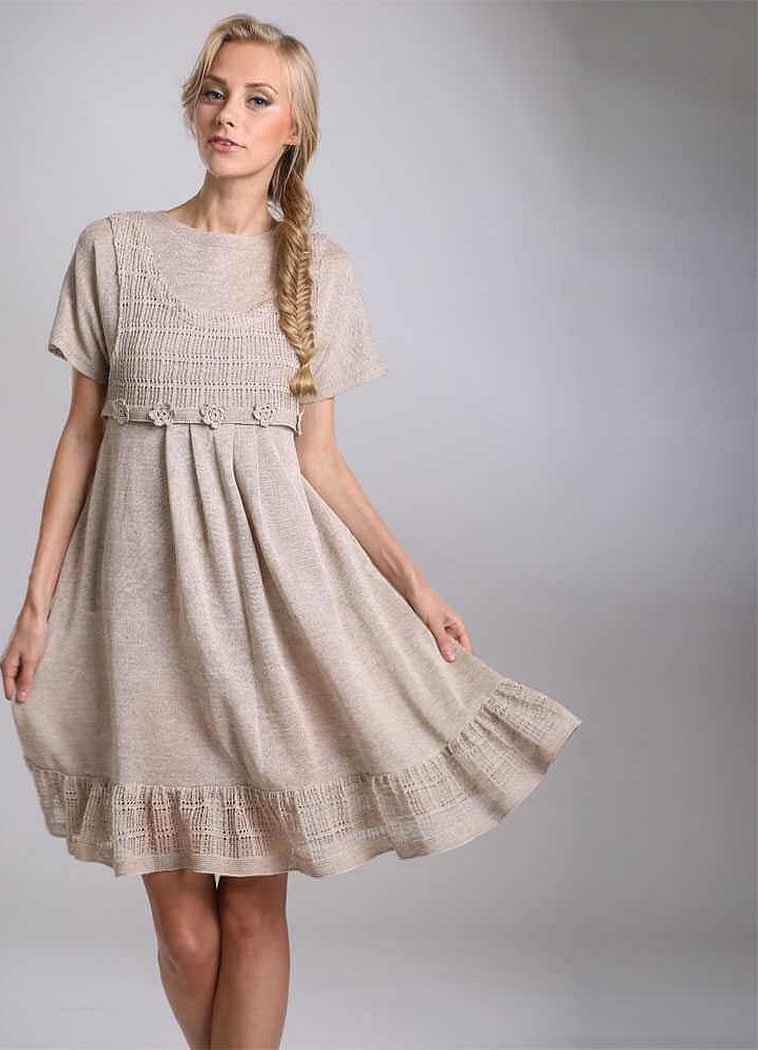
Interesting factLinen that contains synthetic additives in its fabric usually does not stretch.
Classification by weave type
Several weaves can be used in production to obtain different types of linen fabrics. The simplest and most popular weave is plain. The longitudinal and transverse threads in this type of weave overlap each other in turns. There are also jacquard, patterned, openwork, satin and knitted weaves. The most complex is jacquard. This flax in the fabric has more than two dozen threads. Jacquard perfectly retains its shade and holds its shape.
What is made from flax
It is impossible to determine the full list of products based on flax. This unique fabric is used almost everywhere - from clothing production to the medical industry.

Widely distributed:
- cloth;
- bed sheets;
- curtains;
- underwear;
- upholstery fabrics;
- towels.
The list does not end there.
Note! Flax is still used to make nets and ropes, and as self-absorbing threads in medicine. Artists value linen canvases.
Bed sheets
The amount of flax for bed linen should be at least 95%. If the therapeutic effect is not pursued when selecting linen, it is permissible to select an option with a small content of synthetics. In this case, the bed linen will wrinkle less. Most often, it is combined with cotton when producing bed linen.
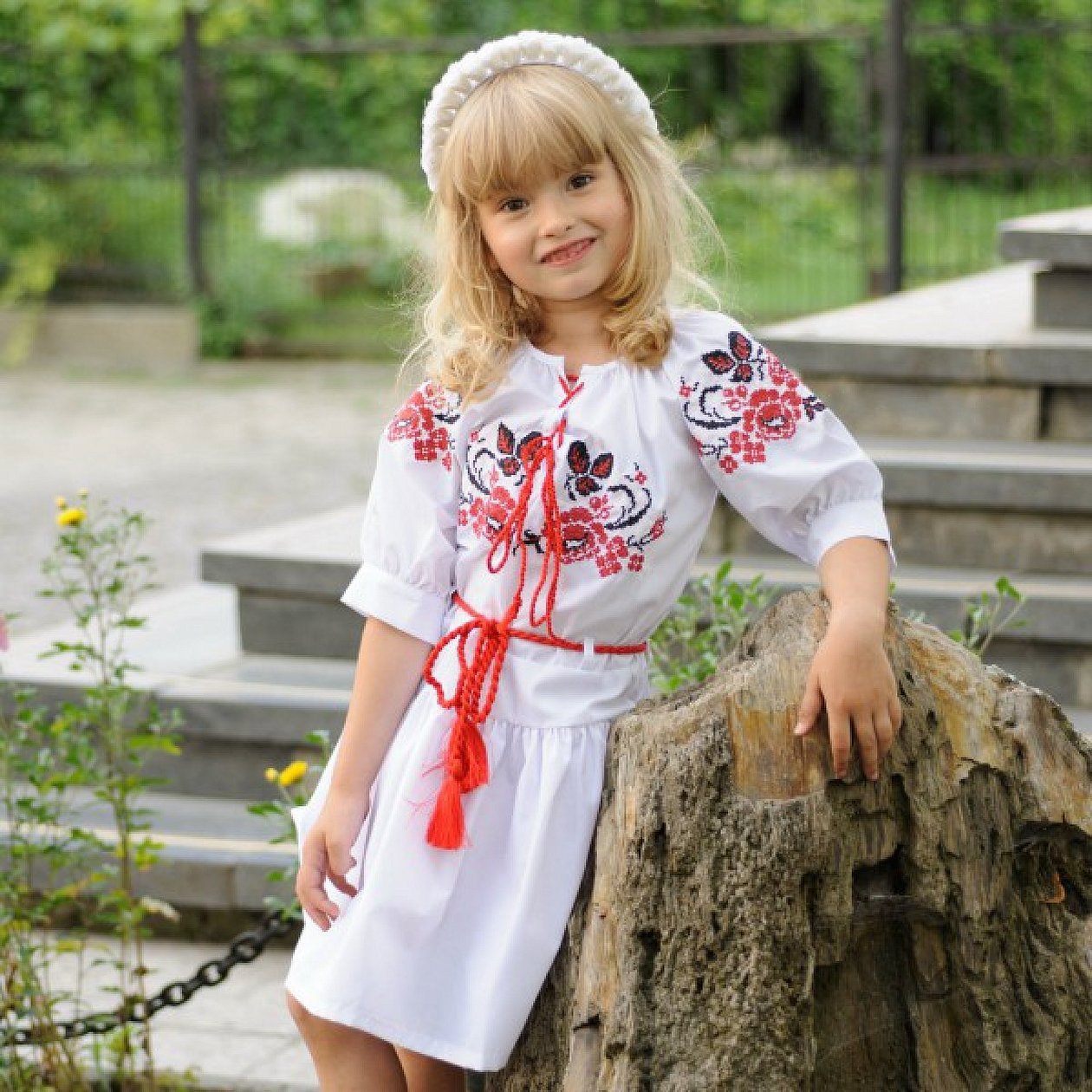
Types of weaving: plain or jacquard. The thinner the yarn, the better the quality of the product. The percentage of shrinkage must be included in bed linen. Softening is often used for bed linen. After this type of additional finishing, the material becomes softer. When choosing linen, all the characteristics of the fabric should be taken into account. It is necessary to determine whether the linen is really of high quality or just looks like linen.
The main attribute of such accessories is the price. A set of real, natural linen cannot be cheap. The bed linen should have double seams and not have an unpleasant smell. The smell of paint should also not be felt. The fabric itself should be strong. Such bed linen will not turn yellow over time and will please for years.
Note! The favorite in the production of linen bed linen is the Republic of Belarus. Bed linen produced by Belarusian factories has a normal price-quality ratio and is well sold.
Fabrics for clothing
For sewing we use:
- Damascus;
- batiste;
- canvas;
- canvas;
- Kolomenok;
- matting.
In addition to 100% flax, fabrics containing synthetic fiber are used. For sewing dresses and suits, a combination of flax and lavsan is used. The percentage of lavsan is about 50, and sometimes 60%. Lavsan fibers give the product a more beautiful appearance. At the same time, the antiseptic properties will not be so good. With a high content of lavsan, the material does not wrinkle.
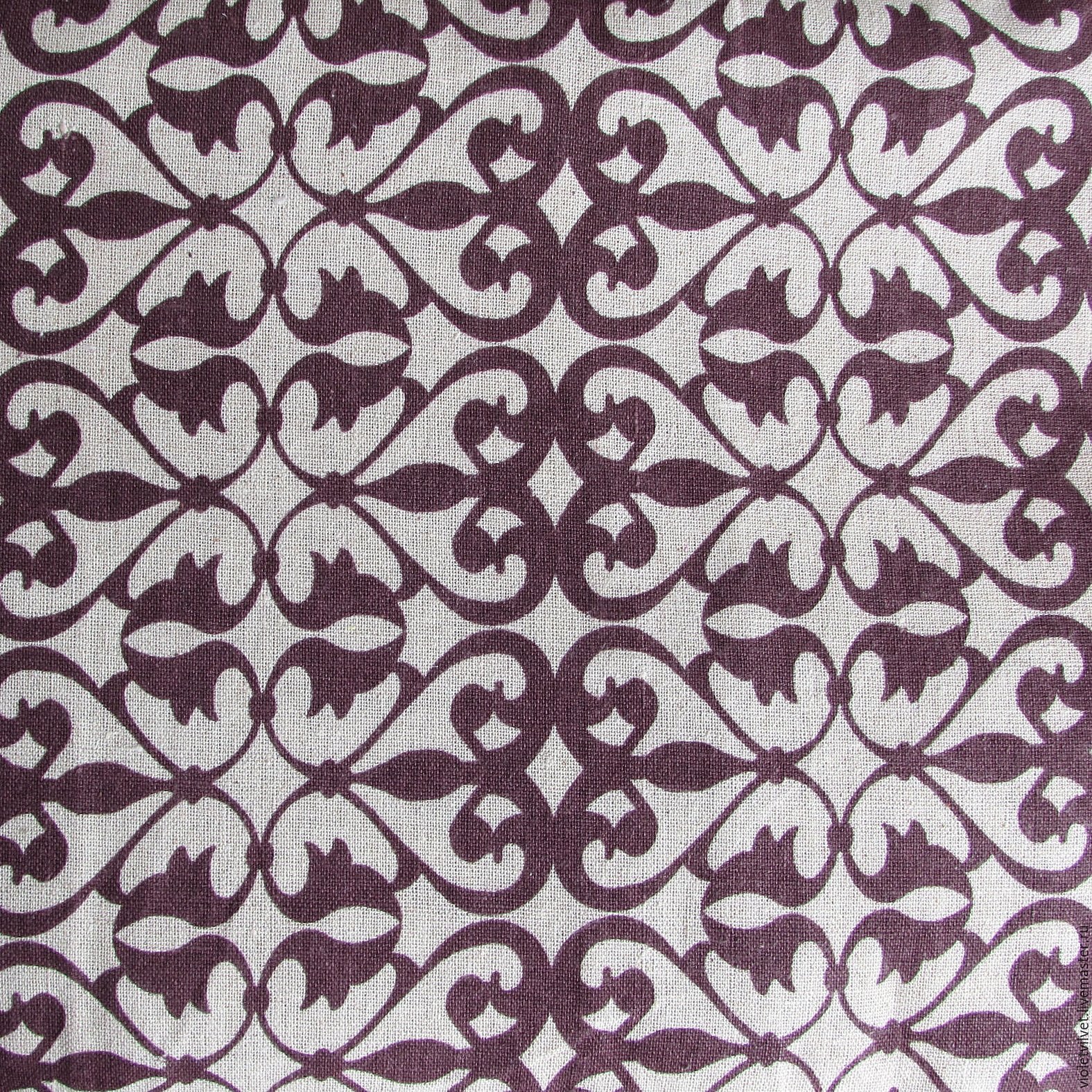
When adding viscose, a silky look is obtained. Material with openwork or relief patterns, with a melange effect, is popular.
Features of care
Since linen material is heat-resistant, items can be washed at high temperatures. This applies to white fabrics.
ImportantIf there are colorful elements, you should choose a washing temperature no higher than 60 °C. The fabric will be fine, but the paint may "float".
After washing, the product should be straightened so that it does not wrinkle. It is not recommended to use various bleaches. Storage should be done in special bags. If all requirements are met, the fabric will last a long time.
Advantages and disadvantages
The main advantages of the material include hygiene and naturalness. Despite the number of washes, such a thing will please its owner for many years. The fabric has a breathable effect. Such clothes will be warm at low temperatures, but in hot weather they will allow the body to breathe. The clothes are suitable for allergy sufferers. Excellent resistance to fungus.
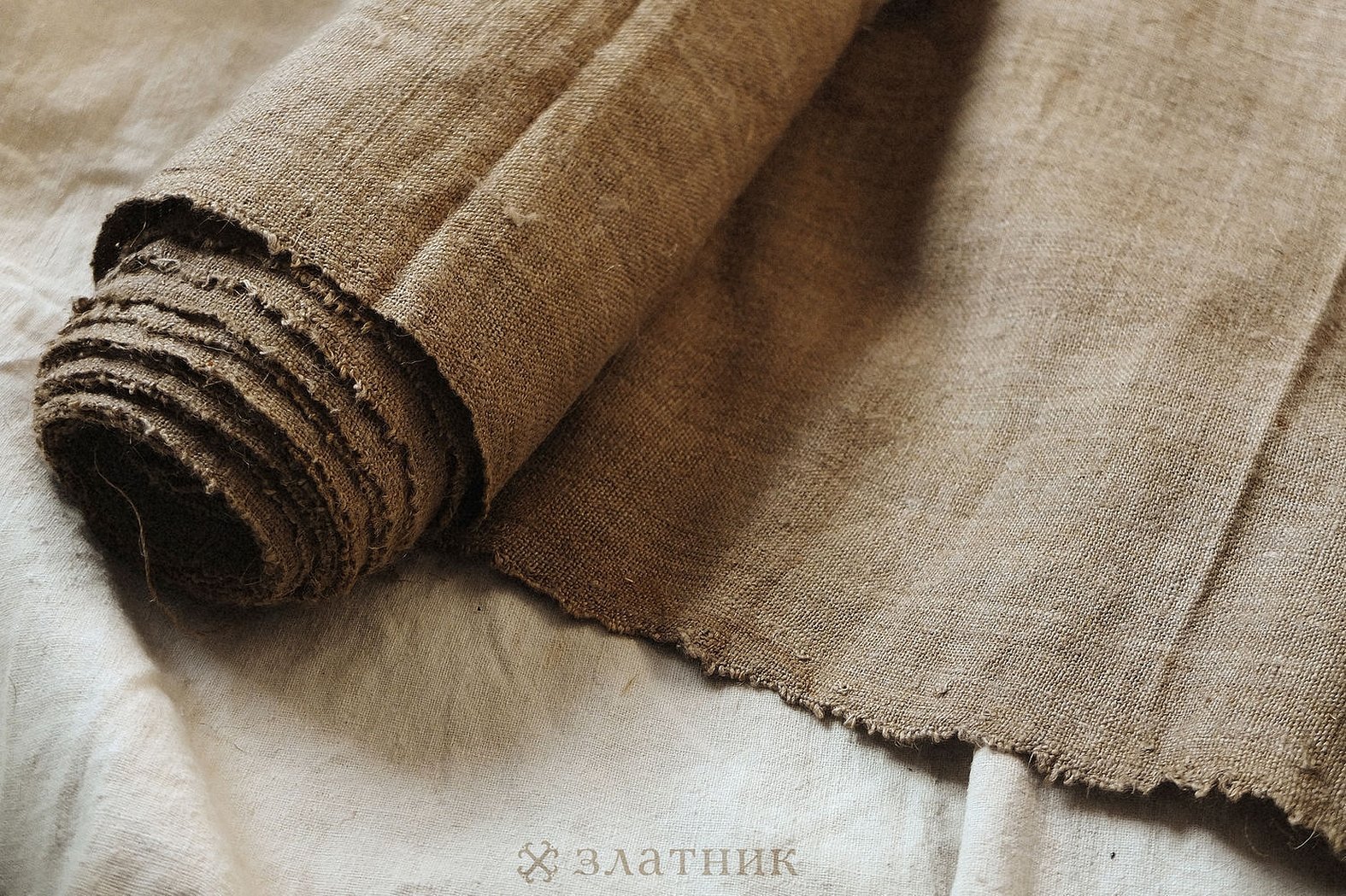
The disadvantages include high wrinkling and rigidity of the material. It should also be noted that the seams of the fabric crumble. When processing such seams, more skill and attention are required.
Despite the emergence of a large number of fabrics, natural materials will always be leaders. At the same time, it is necessary to make sure that the quality of the product follows the declared characteristics. Taking these rules into account, you can choose excellent options for many years.




